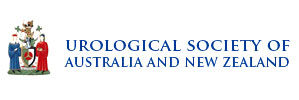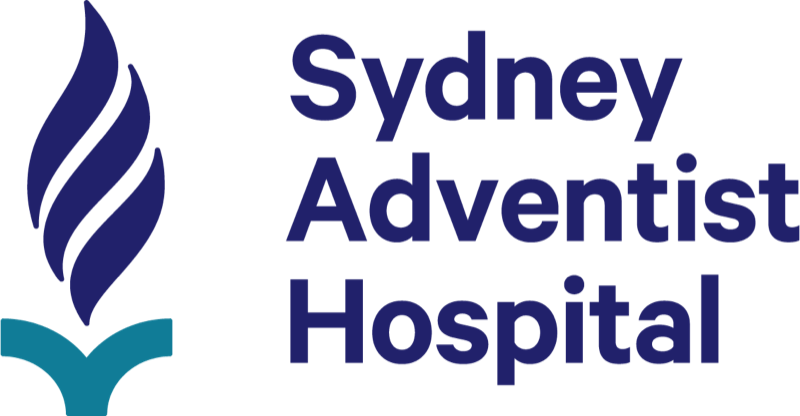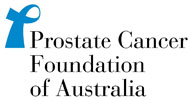The Management of Benign Prostatic Obstruction
written by Dr Thomas Dean MBBS (UNSW), FRCS (Edin) FRACS (Urol)
INTRODUCTION
Benign prostatic enlargement (BPE, also commonly known as BPH) occurs in about 80% of the male population and in most cases treatment will be required. The cause of BPE is not completely understood. As the prostate enlarges obstruction to the flow of urine occurs. This can be aggravated by increased tone in the smooth muscle around the prostate squeezing the prostate tissue more tightly around the urethra. The typical symptoms include a reduced urinary stream, difficulty starting the urinary stream, dribbling after urination and a sensation of not having completely emptied the bladder. In addition when the bladder muscle has to work under pressure to force the urine out past the enlarged prostate other symptoms such as frequency, getting up at night and urgency can become troublesome. In some case, the urgency can be so strong that some leakage will occur before it is possible to get to the toilet. Paradoxically a blockage can result in leakage which impacts on quality of life. Patients typically become very anxious about not being able to find toilets in time and the anxiety aggravates the problem!The good news is that effective treatment is available. Many patients put off seeking help through embarrassment, fear of a serious cause such as cancer, or because they do not realise how easily the problem can be corrected in the majority of cases. Typically after successful surgery they state that they wished that they had sought treatment years earlier.
There are medical and surgical treatment options.
MEDICAL (DRUG) TREATMENT
1. Alpha BlockersAlpha blockers, as the name implies, block the alpha receptors in the smooth muscle of the prostate. This decreases the muscle tone of the prostate and bladder neck and can relieve the symptoms of BPH. The drugs are generally well tolerated, but some patients suffer from a reduction in blood pressure, which may cause a feeling of light-headedness when standing from the seated position. (known as postural hypotension). They are not normally prescribed for elderly or frail patients or those with a history of fainting or low blood pressure. Other side effects include nasal congestion and an effect on the small muscles of the eye, which can complicate some eye operations. The most commonly used alpha blocker in Australia is tamsulosin (Flomaxtra), the cost of which varies from about $35-60 per month depending on the pharmacy.
2. Five Alpha Reductase Inhibitors
These include dutasteride (Avodart) and finasteride (Proscar).
These agents block the conversion of testosterone (the male hormone) to dihydrotestosterone in the prostate resulting in an inhibition of prostate growth. In my practice a reduction of prostate size of about 15% can be achieved after one year. Not all patients benefit and it may take three to six months before symptoms may reduce. It is impossible to be certain which patients will respond, but patients with a markedly enlarged prostate are more likely to benefit. Unfortunately the medication must be continued indefinitely otherwise the prostate will regrow. The medications may cause side effects including decreased volume of fluid in the semen, impotence, decreased libido (sex drive) and painful breast swelling. Concern has been raised regarding the possibility that treatment with these drugs may increase the risk of high grade prostate cancer. This is highly controversial and most authorities believe that the risk is almost zero or extremely low. It is important to understand that treatment with five alpha reductase inhibitors will reduce the PSA levels by up to 50%, so this can interfere with testing for prostate cancer. Some patients require both an alpha blocker and a five alpha reductase inhibitor. This is available as a single tablet (Duodart).
3. Herbal Treatments
There are a large number of herbal remedies that are promoted to treat BPH. The effect of these drugs has been extensively and scientifically investigated, especially in the US. The conclusions are that there is usually no significant improvement in objective parameters such as the pressure required for the bladder to empty, the flow rate, or the residual urine (the amount of urine left behind) after attempting to empty the bladder when compared to placebo treatment. There may be some subjective improvement in symptoms in a number of patients, but it has to be remembered that the placebo response to drug treatment for BPH is as high as 40%. Therefore a reported improvement in symptoms with herbal treatments may not be due to the treatment.
Disadvantages of medical therapy include the need for indefinite treatment, the ongoing expense, and in some cases symptomatic relief may be incomplete or only temporary.
SURGICAL TREATMENT
In appropriately selected patients surgery results in excellent long term relief of symptoms.Surgery is recommended if symptoms fail to respond to medical treatment or the medical treatment causes side effects, or if there are complications or an increased risk of complications of BPH such as infection, stones, bleeding, retention (complete blockage) or renal damage. In addition many patients prefer not to be on lifetime medications if there is a successful surgical alternative.
1. Transurethral resection of the Prostate (TURP)
This is still considered by many to be the gold standard definitive treatment for BPH. The advantages are that it is a well established treatment with excellent long term results, and tissue is available for pathological examination. The main disadvantages are that hospitalisation is required for two days and from time to time complications can occur in relation to bleeding. Anticoagulant medications such as aspirin, Plavix (clopidogrel) or warfarin need to be ceased, resulting in a risk of cardiovascular complications. Impotence is highly unlikely to result but permanent retrograde ejaculation (resulting in minimal or no semen in the ejaculate) occurs in 80%-90% of patients.
2. Laser Prostatectomy
There are a number of different laser systems used for prostatectomy and there are broadly two different techniques; tissue enucleation, or tissue ablation, neither requiring surgical incisions. Enucleation involves using laser to dissect out the prostate tissue which then has to be morcellated (using an mechanical instrument like a blender) then sucked out. With vaporisation the laser is fired at the surface of the prostate. The vaporised tissue literally disappears into thin air.
At the Sydney Adventist Hospital the vaporisation technique is performed with the green light laser.
The green light laser wavelength is strongly absorbed by vascular tissue such as prostate resulting in effective tissue ablation. The result is similar to that achieved with transurethral resection of the prostate. The advantages compared to TURP include minimal if any bleeding, earlier removal of catheter and earlier return to full activities. In addition anticoagulants are either not ceased or ceased for a much shorter time than for TURP, making the surgery safer in high risk patients. The disadvantages may include longer operating time, increased cost, and possibly increased re-treatment rates in the larger prostates. Retrograde ejaculation occurs in most patients, possibly slightly less commonly than after TURP. As no tissue is obtained for pathology, it is necessary in some patients to ensure that cancer is not present by performing MRI scanning and biopsies prior to proceeding.
3. Minimally invasive surgery (MIS)
Numerous minimally invasive treatments for BPH have been developed over the last 30 or more years. These include balloon dilatation, stents, interstitial laser, microwave thermotherapy, high intensity ultrasound (HIFU), radiofrequency ablation, alcohol injection, hot water injection (aquablation), and arterial embolisation amongst others. Commonly these treatments are introduced with a fanfare but without long term data to support their use. Most have limited application or have been virtually abandoned. Although as the name implies, minimally invasive treatments can often be done as an outpatient or day case, in some, a catheter may be required for a period and there may be a delay until benefit is noticed. It is important to understand that contrary to popular belief the risk of impotence following TURP is very low. Retrograde ejaculation (resulting in little or no semen in the ejaculate) is likely after TURP (and laser prostatectomy) but is rare with MIS.
Recently the first Rezum procedures were performed in NSW leading to significant media attention. An example of outrageous claims included one feature in a Northern Suburbs paper claiming that the impotence rate after TURP is 70-80%. Rezum uses radio frequency technology to create steam to shrink the prostate. It is a simple procedure to perform as day case but there was no mention in the media that it is usual to go home with a catheter. In addition the disposable device currently costs $1800 and the health funds quite rightly are still questioning whether this cost can be justified for a treatment without long term data. It is unlikely to be in regular use until the funding issues have been resolved.
Urolift is another MIS in which the prostate lobes are retracted by a number of mechanical devices (the number required depending on the size of the prostate). It is most suitable in younger patients where ejaculatory function is a priority rather than a long-term outcome.
Topics List
Any surgical or invasive procedure carries risks. The information provided here is for general educational purposes only. Please contact Dr Thomas Dean to find out if a transurethral resection of the prostate or laser prostatectomy is appropriate for your individual situation.




